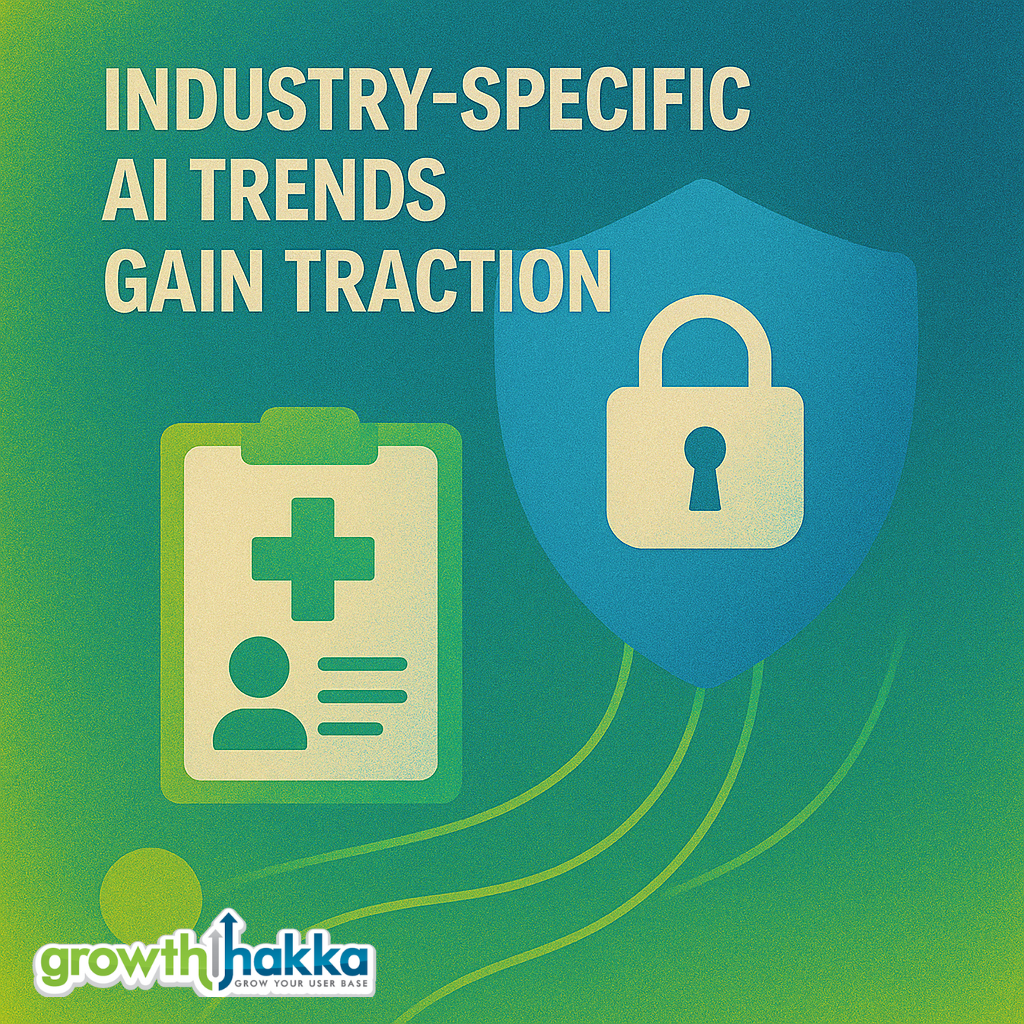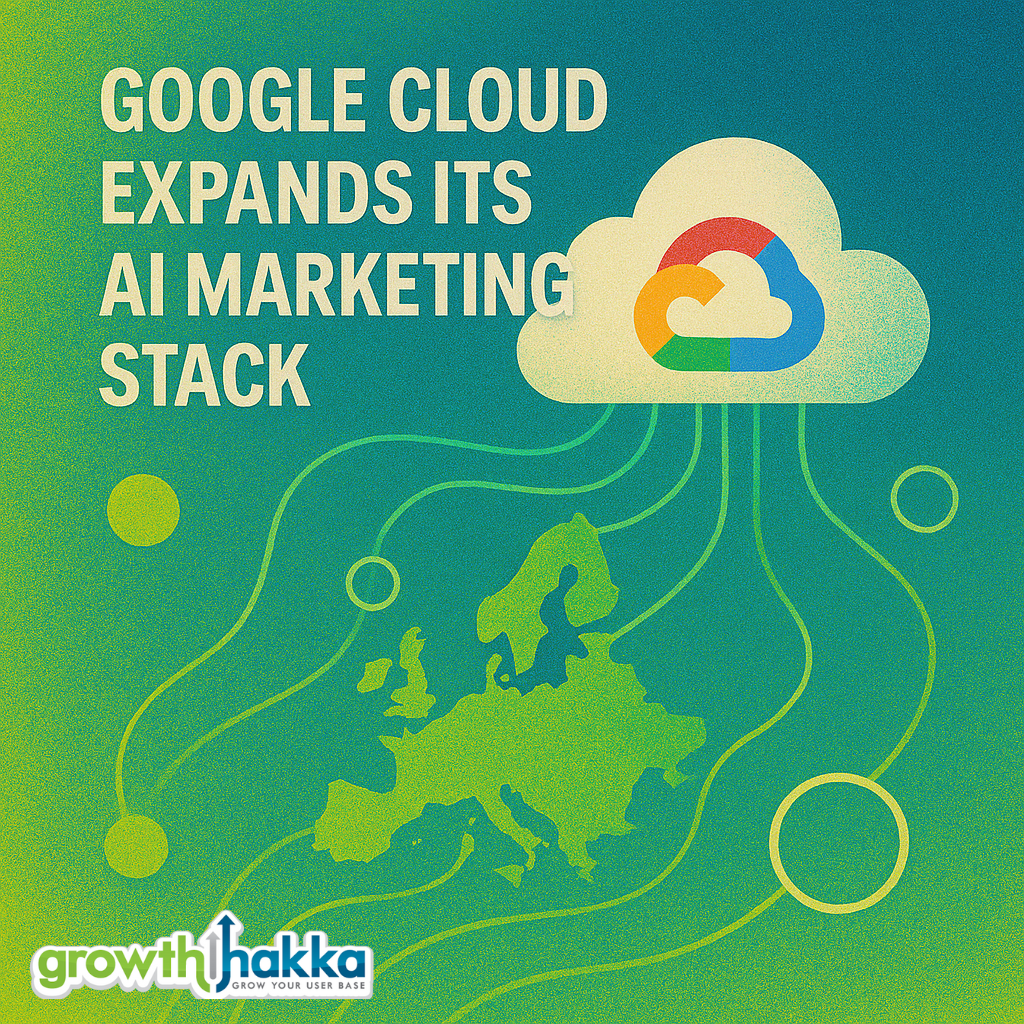The marketing and adtech ecosystem continues to evolve at pace, driven by a combination of sophisticated AI models, growing adoption by both large platforms and SMBs, and fresh creative formats that shift how brands engage audiences. Here are the top AI-powered innovations and insights shaping marketing strategies today.
AI Integration in Strategy and Personalisation
AI is increasingly intertwined with strategic marketing functions:
– Personalisation at Scale: Brands are leveraging AI to dynamically analyse consumer behaviour and adapt messaging in real time, significantly boosting conversion rates and engagement.
– Automation Across Workstreams: AI tools are streamlining marketing operations from content generation to customer service, cutting costs and increasing speed to market.
– Predictive Analytics: Planner-friendly AI models now anticipate future consumer actions, enabling proactive campaign optimisation.
These trends point to a marketing future where predictive and adaptive capabilities are table stakes, not optional enhancements.
Generative AI Unlocks New Strategic Models
Generative AI is maturing rapidly and beginning to inform high-level marketing strategy:
– Pattern Discovery: GenAI is unlocking hidden behavioural insights that inform creative direction and media planning.
– Strategy Frameworks: AI can now be used to build structured approaches to content generation, targeting and even user segmentation—with “vibe marketing” (sentiment-based messaging) emerging as a new trend.
– Creative Innovation: From ideation to execution, GenAI is helping marketers rethink campaign design around emotional engagement and brand aesthetics.
The shift here is from tactical AI (e.g. automated copy) to structural AI: systems that change how marketing strategy itself is built.
Marketplace Dynamics: AI Adoption Across Industry
– SMB Uptake Surges: Small businesses are rapidly integrating AI into their tech stacks, using it for content, customer segmentation and campaign management.
– Investment Tailwinds: Despite broader market softness, analysts spotlight AI-related companies—particularly in semiconductors (e.g. ASML)—as well-positioned for long-term growth.
– Strategic Imperatives: Companies across sectors are baking AI into core operations, not just marketing communications, signalling a continued blurring between product, comms and strategy.
Digital Advertising Gets Smarter—and More Interactive
Adtech platforms are getting significant AI upgrades:
– Meta and Google: Meta’s AI engine helped American Eagle lift ROAS by 48% with Gen Z, while Google Ads is expanding AI-powered bidding, creative and rotation systems.
– Generative Ad Content: Platforms are integrating AI-generated video and copy into mainstream workflows—cutting lead times and tailoring messages to micro-audiences.
– Interactive Formats Rise: TikTok’s new Story Poll Ads increase viewer engagement, while Google and YouTube are piloting swipe cards and dynamic end screens for real-time conversions.
For ad buyers and strategists, this opens up performance-driven creative options that weren’t viable just months ago.
Emerging Creative, Channels and Influencer Trends
– Ghibli-Inspired Visuals: Aesthetically rich, anime-adjacent content is trending on TikTok and Instagram, optimising for emotional resonance and virality.
– AI in Influencer Campaigns: AI “virtual publicists” are now being used to automate outreach and campaign planning in PR and influencer executions.
– TikTok’s SoundOn: This new platform allows artists to upload music directly to TikTok, creating monetisable viral moments—blending UGC and brand expressions into new performance channels.
What This Means for Marketers
– Build AI into strategy, not just execution. AI should inform targeting and creative frameworks, not just outputs like copy or bids.
– Implement experimental paid formats. Pilot new interactive placements on TikTok, YouTube and Google to improve engagement and retention.
– Explore sentiment-aware targeting. “Vibe marketing” is emerging—use AI tools to map how audiences feel, not just what they do.
– Tap into emerging aesthetics. Visual trends (e.g. Studio Ghibli-style creative) can exponentially increase shareability and emotional impact.
– Automate influencer campaigns. Use AI to scale outreach, PR coverage and ROI tracking in influencer strategy.


